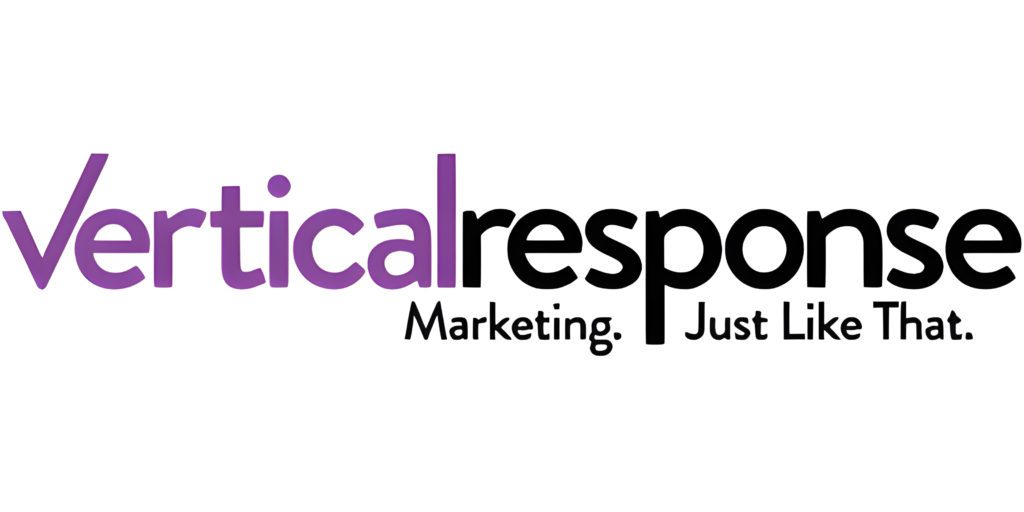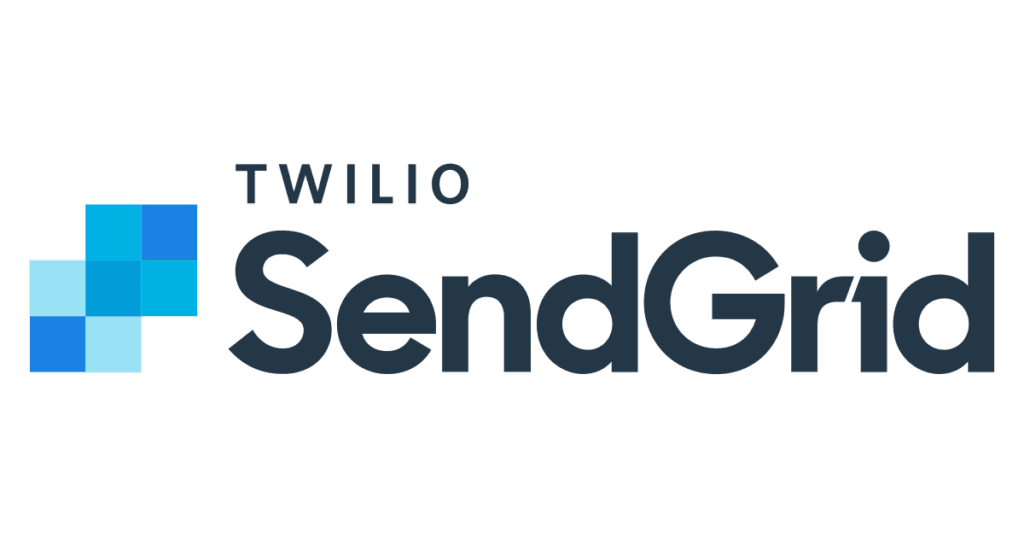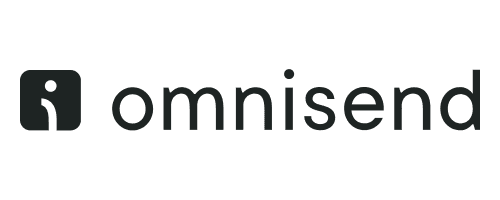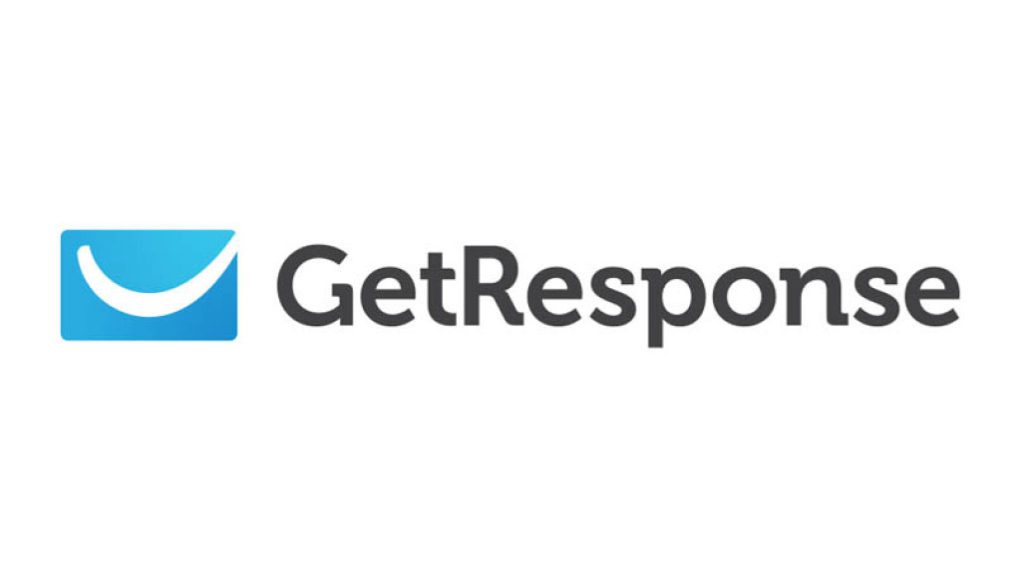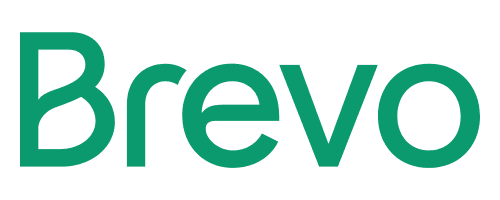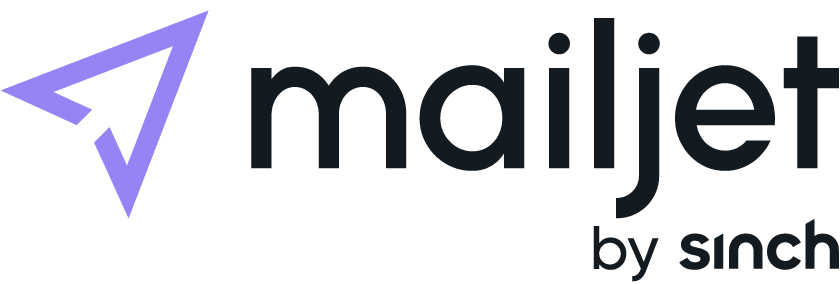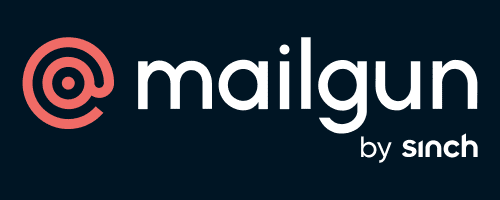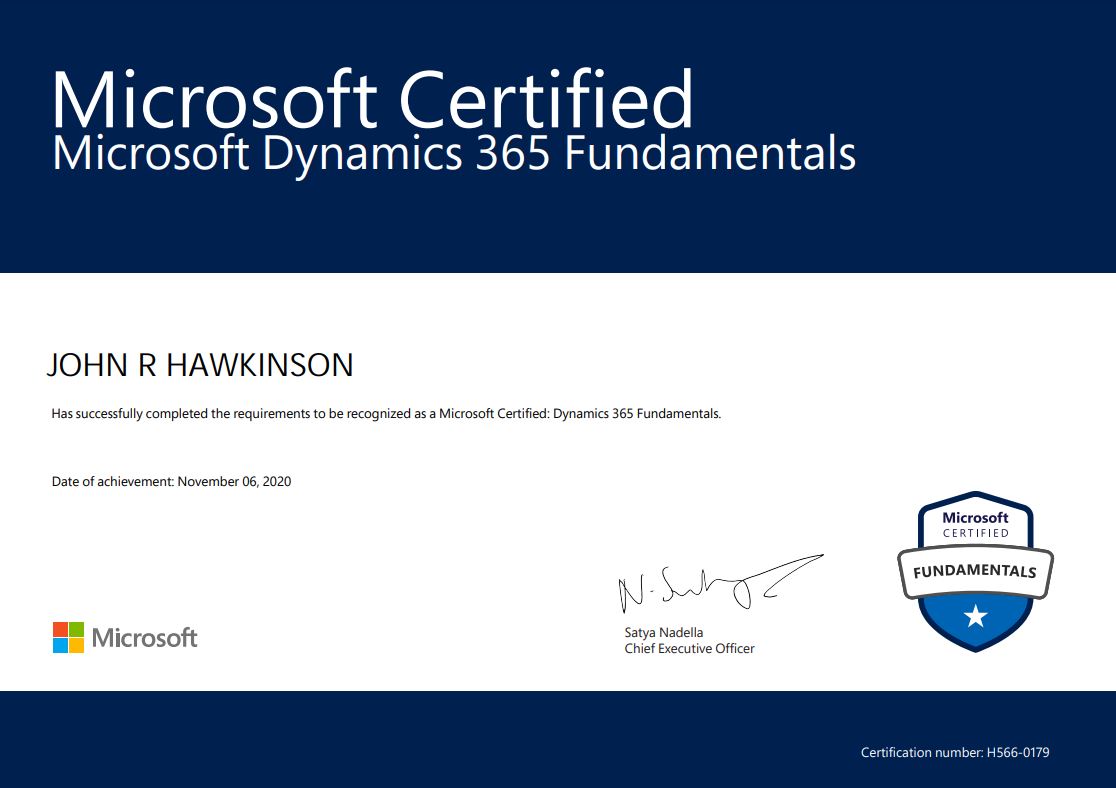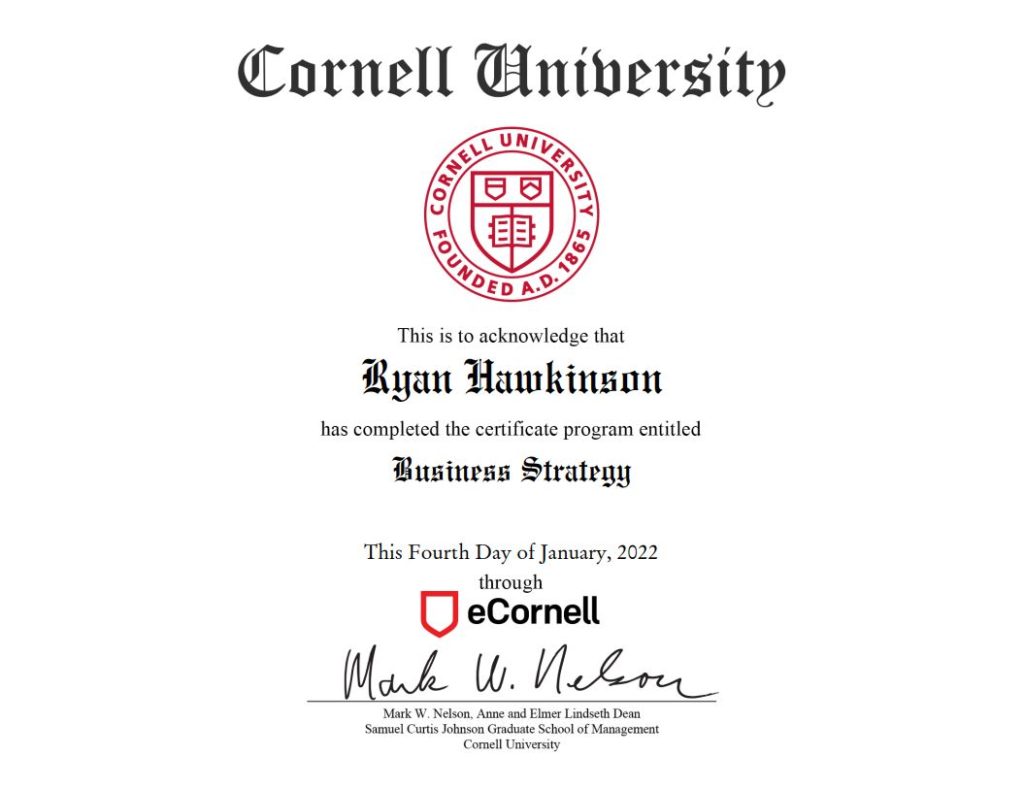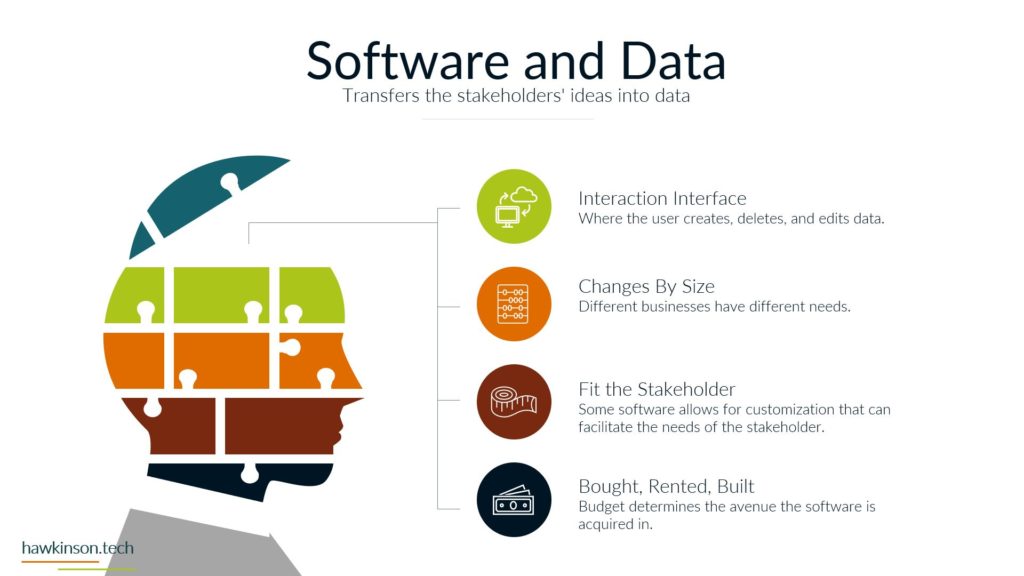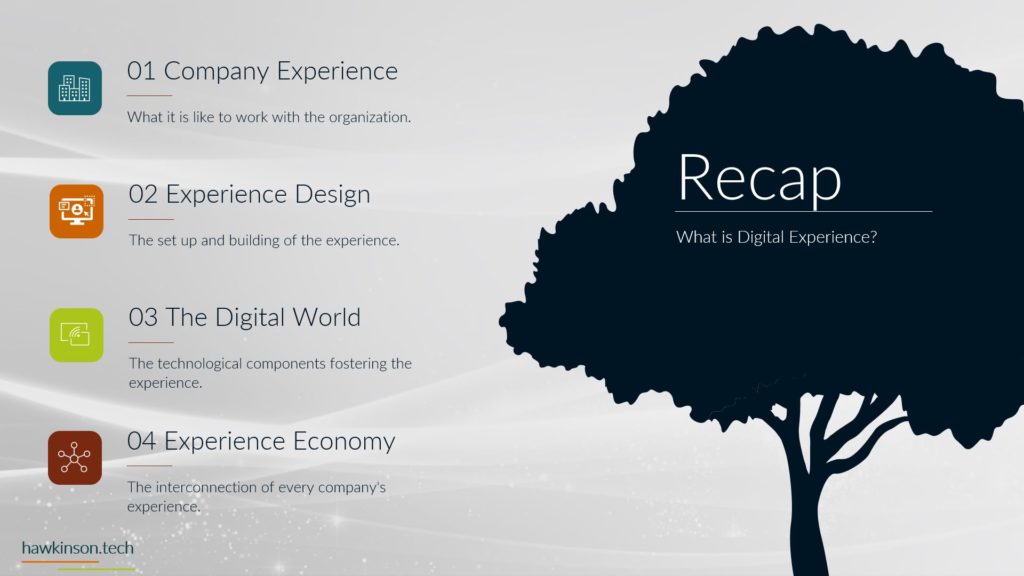Are you planning on building small business websites that teach online courses and help your audience build skills? There are several website builders that you can use, but WordPress sits atop all of them. WordPress offers a range of learning management systems (LMS) that make creating a business website easier and faster. However, with so many available, you must know which WordPress LMS options are the best.
Below, we give you all the necessary insights into LMS and WordPress so that you can create the best learning website possible.
What is an LMS?
Before discussing the top WordPress LMS options, you must understand what an LMS is and what it does. However, if you are already familiar with them, you can skip to the next section.
A Learning Management System (LMS) is a WordPress plugin geared towards creating, delivering, and managing the online learning features of your website. Integrating WordPress LMS options makes it easier to set up and run eLearning websites and optimize them for learning.
You can use these LMS plugins for creating and managing different elements such as quizzes, lessons, assignments, and more. These management systems are the perfect small business software that can make the entire process easier.
Top 5 WordPress LMS Options
Now that you know what an LMS can be used for, below are some of the top WordPress LMS options to help you start, manage, and optimize your eLearning website.
1. LearnDash
LearnDash is one of the most popular WordPress LMS options and is being used by numerous universities, such as the University of Florida, to deliver their curriculum online. Moreover, LearnDash is incredibly user-friendly and easy to use and offers a drag-and-drop course builder that can help you create multi-tier courses.
LearnDash can help you create quizzes and assignments (with time limits) and generate certificates easily. Moreover, the online course builders consist of a gamification element that helps students complete online courses to earn Course Points, which they can use to unlock free courses or other features.
One of the reasons why LearnDash is popular is its affordability, which couples with the LMS feature to provide the top WordPress LMS options. LearnDash allows you to integrate all features required for a good eLearning website.
2. LifterLMS
Make your business transformation towards eLearning easier, faster, and simpler through LifterLMS. LifterMS offers many of the same features as LearnDash and contains a free core plugin with paid add-ons.
LifterLMS allows you to create unlimited courses using the drag-and-drop builder and easily integrates multimedia and text lessons. Moreover, you can set prerequisites on courses and create course tracks. You can also assign instructors to courses and open the course on a discussion forum to allow students to interact with each other regarding the lesson.
LifterLMS gives you several pricing modes, either selling the courses on a one-time payment or a subscription basis. Moreover, your students can avail of private coaching for additional costs. Your students can also visit their profiles to track their progress. Your lessons can integrate downloadable worksheets, pdf, and other files.
Overall, LifterLMs has several LMS features, making it one of the best WordPress LMS options.
3. Tutor LMS
While somewhat younger than others on this list, Tutor LMs has excellent features that make it one of the top WordPress LMS options. Launched in 2019, the LMS has gained over 30,000 sites and a 4.7-star rating.
Consisting of many of the same features as the other top LMS options, such as the drag-and-drop course builder, quizzes and assignment integration, and multimedia courses, Tutor LMS also takes it up a notch with features not commonly seen in LMS plugins.
You can create a market space consisting of different courses led by different instructors and sell the courses on your site. One thing that makes Tutor LMS popular is its user-friendly interface that is easy to understand even for beginners.
Tutor LMS also integrates some of the essentials for eLearning sites, such as certificate courses, prerequisites, content dripping, and email notifications. Moreover, you also get a report on analytical data to check how well you are doing. Moreover, you get several digital marketing tools at your disposal so you can employ different strategies for business growth.
4. MemberPress
MemberPress is one of the WordPress LMS options that is optimized for beginners who need to learn how to create a website. However, its ease of use and several desirable LMS features make it a popular choice among experts.
MemberPress was built for WordPress and allowed you to control and manage your website courses from the WordPress dashboard. It consists of the drag-and-drop course builder feature in all the top WordPress LMS options and allows you to customize your lessons.
MemberPress offers a classroom Mode that allows you to easily change the design of your courses and improve the learning experience whenever you want. Students can track their progress for each course individually to know how they perform and improve themselves accordingly.
You can integrate a one-time payment or a subscription payment through a membership. The LMS plugin also allows you to crate and price course bundles, generate discount coupons, and use email marketing. Overall, MemberPress is a great tool for commercial eLearning websites.
5. MasterStudy LMS
MasterStudy is one of the newest WordPress LMS options that offer a range of features that make it simple to build and manage your eLearning platform. MasterStudy LMS is quickly gaining popularity with users due to its easy user interface and the ability to set up recurring subscriptions. Moreover, the plugin features a message board that allows students to contact and get help from course creators.
Moreover, MasterStudy offers some of the must-have features for LMS, including quiz and assignment creation, certificate generation, emailing, integration of videos and slides, and easy customization of courses. Furthermore, MasterStudy LMS features built-in course ratings so your users can identify the courses they want to study.
One thing that sets MasterSTudy LMS apart from other WordPress LMS options is its fast page loading time and smooth page transition due to the use of Vue.js, which is a frontend JavaScript Framework.
What to Look for in WordPress LMS Options
The demand for eLearning platforms is increasing daily, with universities integrating their courses online and businesses giving employees a platform to build up their skills. Therefore, several WordPress LMS options have been introduced to counter the growing demand. However, how can you choose one out of so many?
Below are some things you should consider before choosing an LMS:
- Course Creation and Progress: The best WordPress LMS options allow the easy creation of different lessons, such as multimedia or text. Moreover, your students should be able to track their progress.
- Enrollment and Management: You should be able to register students and easily create and manage subscription plans.
- Payment: You should be able to obtain different payment gateways and options.
- Quiz, Test, and Assignments: You should be able to create different types of quizzes and assignments, timed or otherwise, that your students can either download or start online.
- Content Dripping: All good WordPress LMS options (including the ones in our list) have this feature that allows you to release courses regularly.
Bottom Line
We have listed the top WordPress LMS options for you to choose from. However, several others are out there and in the making, each with its own benefits. You should pick one that works best for you and your eLearning platform. Hopefully, our list gives you the necessary insights to make your choice easier.











